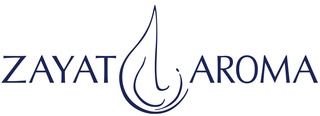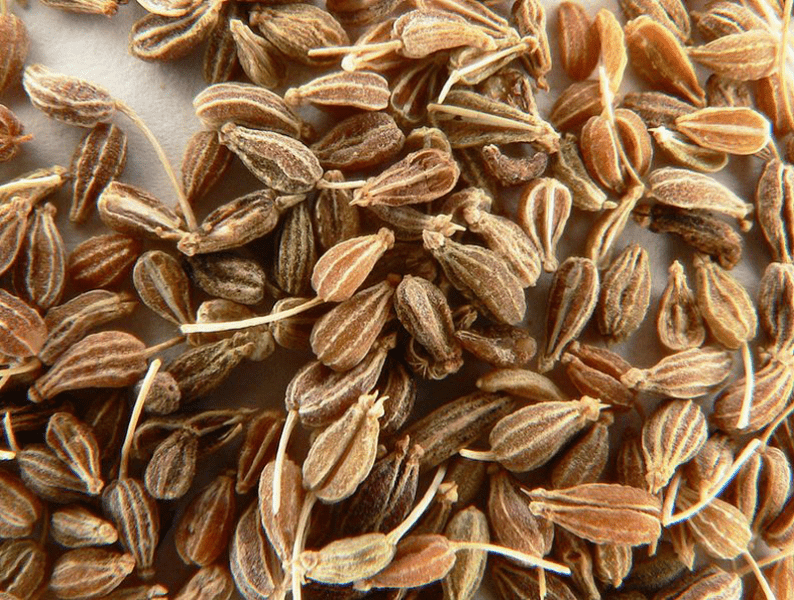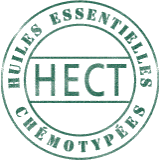Aniseed,
Aniseed, organic Greece 

Hydrolats (floral waters)
Botanical name: Pimpinella anisum
Plant Part: seeds
Extraction method: steam distilled
Origin: Greece
| 12.00$ |
Free shipping for online orders of more than 69$, before taxes, within Canada.
(View the maximum available formats for free delivery)
Cautions and warnings:
Do not use pure essential oils. Essential oils are diluted in a vegetable oil when applied to the skin. Carry out a skin tolerance test in the crook of your elbow and wait 48 hours before using the oil on the skin. Do not use the essential oil if you notice a reaction such as redness, itching or stinging.
Keep out of reach of children.
If accidental ingestion occurs, seek urgent medical attention or contact a Poison Control Center.
Avoid contact with eyes and mucous membranes. Essential oils should not be applied to the eyes, the eye contour area, neither into the ears. In case of contact, apply a plenty of vegetable oil and take promptly medical advice.
If symptoms persist or worsen when using essential oil, consult a health care practitioner.
If you have epilepsy or asthma, consult a health care practitioner prior to use.
Avoid exposure of applied area(s) to the sun.
Contraindications:
If you are pregnant or breastfeeding, do not use essential oils.
Known adverse reactions:
If you experience nausea, dizziness, headache or an allergic reaction, discontinue use.
Storage:
Store in airtight, light-resistant container at room temperature.
Responsibility:
The information contained on our site is presented purely for information purposes and cannot, in any case, bind the responsibility of the company. In no way does this information constitute a recommendation for preventive or curative treatment, prescription or diagnosis, nor should it be considered as such.
 Words by Anny Schneider
Words by Anny Schneider
The hydrosol of this small, very aromatic seed is known as antiputride, antispasmodic and digestive.
It has aphrodisiac, and tonic virtues.
It can also act as a repellent against certain parasites.
Can be used in Indian cuisine but also in pastries.
The essential oil of green Anise also enters the composition of the famous Greek Ouzo and Mediterranean Pastis.
Origin
This hydrosol of green anise from Greece is distilled from the seeds of the plant.
Properties
Anise is sweet and very aromatic, distinguished by its characteristic flavour.
Originally from the eastern basin of the Mediterranean it was first cultivate in Egypt and the Middle East for 4000 years before being brought to Europe for its medicinal properties.
According to Pliny the Elder anise was used as a cure for sleeplessness, andante morning chewed with a little honey to freshen the breath.
In 19th-century medicine, anise was prepared as aqua anisi ("Water of Anise") in doses of an ounce or more.
The hydrosol can be used in cooking, in mocktails or cocktails, or added to products where a subtle sweet liquorice like scent is desired.
Suggestions for use
Cuisine
Cautions
Keep away from children, air, heat and light.- Interdite pendant la grossesse et chez les jeunes enfants
- Contre-indication dans les cancers hormono-dépendants
- Réactions allergiques rares
- Prudence en cas d' hypothyroïdie (HE)
- Interactions potentielles avec des médicaments du système nerveux central (antalgiques, codéine, antidépresseurs, barbituriques)
More information
L’anis est doux, très aromatique et se distingue par sa saveur caractéristique.
Originaire du bassin oriental de la Méditerranée, il a d’abord été cultivé en Égypte et au Moyen-Orient pendant 4000 ans avant d’être amené en Europe pour ses propriétés médicinales.
Selon Pline l’Aîné, l’anis était utilisé comme remède contre l’insomnie et mâché avec un peu de miel le matin pour rafraîchir l’haleine.
Dans la médecine du XIXe siècle, l’anis a été préparé sous forme d’aqua-anisi (« Eau d’anis ») à des doses d’une once ou plus.
L’hydrolat peut être utilisé en cuisine, dans des mocktails ou des cocktails et ajouté à des produits quand on souhaite y retrouver un parfum sucré et subtil de réglisse.
Composants principaux de l'huile essentielle
- Phénols méthyl-éthers : trans-anéthole = E-anéthole 80 à 95 %, méthyl-chavicol = estragole 0,5 à 5 %
- Anisaldéhyde 1,5 %
- Sesquiterpènes : gamma-himachalène, alpha-himachalène, béta-himachalène, béta-bisabolène, zingibérène
- Monoterpènes : limonène, alpha-pinène
- Dimères de l’anéthole (dianéthole) et de l’anisaldéhyde (dianisoïne)
For further information about this product or to inquire about larger quantities, please send us an email and we will get back to you as soon as possible.
The availability and price of this product may vary without prior notice, if for some reason the quantity you have requested is currently unavailable, we will contact you shortly to discuss the best options to fulfill your needs.
Log in
Subscribe to our newsletter here!
All rights reserved © 2024 - ZAYAT AROMA
Terms & conditions | Security & privacy






